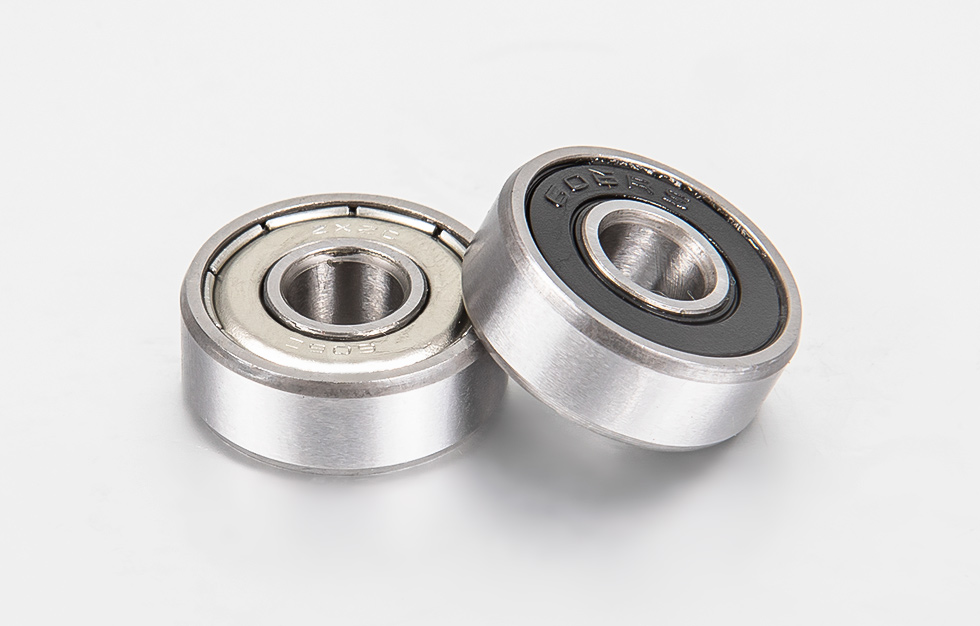News
Ningbo Hardchn bearing Co., Ltd.
Contact Us
Ningbo Hardchn bearing Co., Ltd.
ADD:No.501 Shizhu Rd, Linyu Foreign Investment Park, Jiaochuan Street, Zhenhai District, Ningbo city, China.
Tel:0086-574-86365365
Mobile:0086-(0)13858288142
Fax:0086-574-86454078
Generally speaking, rolling bearings installed with tig […]
Generally speaking, rolling bearings installed with tight fit interference must be close to the shaft shoulder. So how to test it?
(1) Lighting method. This method is to aim the light at the bearing and shaft shoulder, and judge according to the light leakage. If there is no light leakage, the installation is correct; if there is even light leakage around the shaft shoulder, it means that the rolling bearing is not close to the shaft shoulder, and pressure should be applied to the rolling bearing to make it close; if there is some light leakage, it means that the bearing is installed tilted. Or the sleeve knocks on the inner ring of the bearing to gradually settle.
(2) Thickness gauge inspection method. The thickness of the thickness gauge should start from 0.03mm. During the inspection, try to insert several places on the entire circumference of the bearing inner ring end face and the shaft shoulder. If there is a gap and it is very uniform, it means that the bearing is not installed in place. The bearing inner ring should be pressurized to make it close to the shaft shoulder; The pressure is also not tight, indicating that the rounded corners of the rounded part of the journal are too large, and the bearing is jammed. The rounded corners of the journal should be trimmed to make it smaller; Passed, indicating that it must be disassembled, repaired, and reinstalled at this time.

If the bearing is installed in the bearing housing hole with an interference fit, when the outer ring of the bearing is fixed by the housing hole shoulder, whether the end face of the outer ring is tight with the housing hole shoulder end and whether the installation is correct can also be checked with a thickness gauge.
Such as: inspection after installation of thrust bearing
When installing the thrust bearing, check the verticality of the shaft ring and the shaft center line. The method is to fix the dial indicator on the end surface of the case, make the contact of the indicator rest on the raceway of the bearing shaft ring while rotating the bearing, while observing the dial indicator pointer, if the indicator yaws, it means that the shaft ring and the shaft center line are not perpendicular. When the box shell hole is deep, it can also be inspected with an extended dial gauge.
When the thrust bearing is installed correctly, its seat ring can automatically adapt to the rolling of the rolling elements to ensure that the rolling elements are located in the upper and lower raceways. If it is installed backwards, not only the bearing will not work properly, but also the mating surfaces will be severely worn. Since the difference between the shaft ring and the seat ring is not very obvious, you should be extra careful during assembly and make no mistake. In addition, there should be a gap of 0.2-0. 5mm between the seat ring of the thrust bearing and the bearing seat hole to compensate for the errors caused by inaccurate parts processing and installation. When the center of the bearing ring is shifted during operation , This gap can ensure its automatic adjustment, avoid touching friction, and make it operate normally. Otherwise, it will cause severe damage to the bearing.